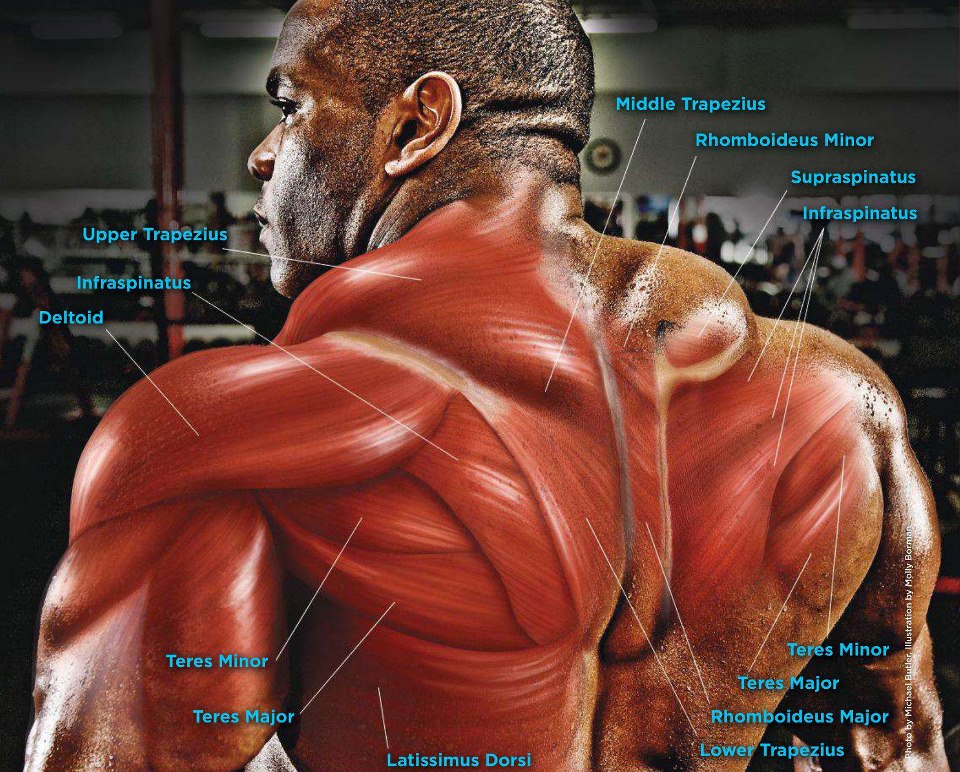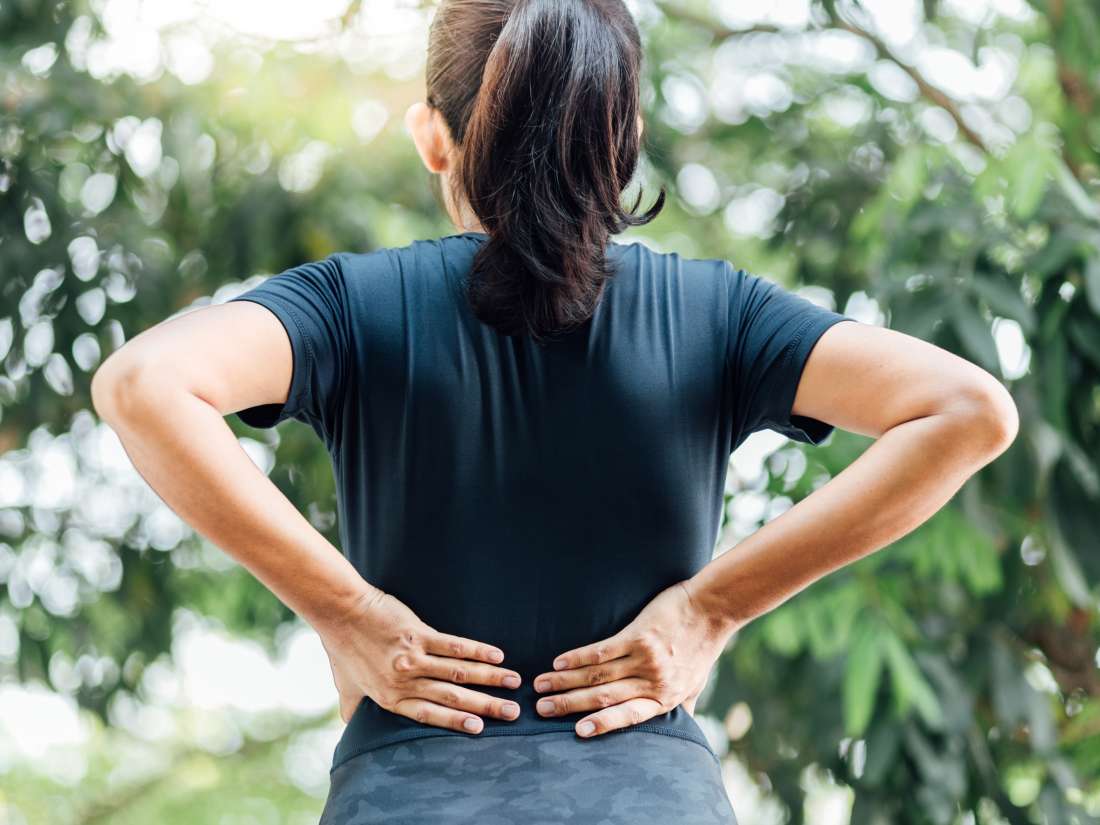Muscles Of The Lower Back | Not all lower back pain that feels like tight muscles is actually due to muscular dysfunction. Posterior view of the erector spinae musculature of the low back. Serratus posterior superior and serratus posterior inferior muscles. See back muscles and low back pain. These muscles provide posture and stability to the body by holding the vertebral column erect and adjusting the position of the body to maintain balance. Patients may or may not remember the initial event that triggered their muscle spasm, but the symptoms of a lumbar muscle strain can be severe. See back muscle anatomy stock video clips. 12 photos of the muscles of the lower back and hip diagram. Only the iliocostalis is shown on the right side. This muscle is a major generator of lower back and hip pain, as well as being responsible for complaints of a burning sensation along the posterior superior iliac spine (psis) and sacroiliac joint. The muscles of the lower back, including the erector spinae and quadratus lumborum muscles, contract to extend and laterally bend the vertebral column. It also gently works the core muscles to improve stability. Nerves in your lower back. Lumbar muscle strain is caused when muscle fibers are abnormally stretched or torn. Human musculature bodybuilding infographic muscular system vector human anatomy back muscle anatomy bicep male muscular anatomy human body anatomy female female anatomy muscle hamstrings muscle. Posterior view of the erector spinae musculature of the low back. The erector spinae is composed of three subgroups: Muscles of the lower back and hip diagram, human muscles, muscles of the lower back and hip diagram. Not all lower back pain that feels like tight muscles is actually due to muscular dysfunction. These muscles include the large paired muscles in the lower back, called erector spinae, which help hold up the spine, and gluteal muscles. Intermediate extrinsic muscles of the back: The superficial group, the deep group, and the intermediate group. Browse 222 lower back skeleton stock photos and images available, or start a new search to explore more stock photos and images. See back muscle anatomy stock video clips. Posterior muscles of the lower leg and their functions. The quick answer to this question is the muscles of the lower back are the multifidus, longissimus, spinalis, and quadratus lumborum. There are three different muscle groups found in the back: The back consists of the spine, spinal cord, muscles, ligaments, and nerves. The muscles in this category form what is called the calf at the back of the leg. Muscle anatomy games 12 photos of the muscle anatomy games anatomy muscle labeling games, anatomy muscle matching games, anatomy muscle naming game, muscle anatomy learning games, muscle anatomy memory game, human muscles, anatomy muscle labeling games, anatomy muscle matching games, anatomy muscle naming. Muscles found in the superficial group include rhomboid major, rhomboid minor, levator scapulae, trapezius, latissimus dorsi. The muscles of the lower back, including the erector spinae and quadratus lumborum muscles, contract to extend and laterally bend the vertebral column. What are the muscles of the lower back? All of these muscles stem from the heel of the foot through the calcaneal. This is a tutorial to quickly s. These muscles include the large paired muscles in the lower back, called erector spinae, which help hold up the spine, and gluteal muscles. Five pairs of lumbar spinal nerves labeled l1 to l5 branch off your spinal cord and exit through small holes between the vertebrae. The pelvic floor muscles also help increase this pressure, which provides stability to the spine and trunk. Lumbar muscle strain is caused when muscle fibers are abnormally stretched or torn. A lumbar strain is the most common cause of back stiffness. The erector spinae is composed of three subgroups: See back muscles and low back pain. If muscle spasms are particularly severe, they may stem from nerve. These muscles provide posture and stability to the body by holding the vertebral column erect and adjusting the position of the body to maintain balance. The part of the nerve that emerges out of the spine is called the nerve root. It also gently works the core muscles to improve stability. Weak muscles, especially the core, hips, glutes and back muscles, fail to support your spine as well as they should. Only the iliocostalis is shown on the right side. Related posts of muscles of the lower back and buttocks diagram muscle anatomy games. The erector spinae is composed of three subgroups: In the meanwhile, your hip flexors, quadriceps and lumbar muscles remain tight to keep you in an upright position. The extensor muscles are attached to back of the spine and enable standing and lifting objects. 1 this problem occurs as a result of an injury to the back muscles and ligaments that support the spinal column. The superficial group, the deep group, and the intermediate group. Posterior muscles of the lower leg and their functions. If you feel radiant pain that extends into your legs,. The muscles in this category form what is called the calf at the back of the leg. Moving in a certain way may trigger a back spasm. Physical therapy, yoga, or a home exercise program recommended by a chiropractor are extremely beneficial for muscle and core strengthening, and for posture, all of which will help ward off future muscle strains.


Muscles Of The Lower Back: While a pulled muscle in your lower back could potentially cause a pinched nerve, this can also be caused by a herniated disc in your spine.

EmoticonEmoticon